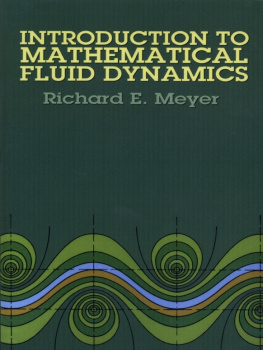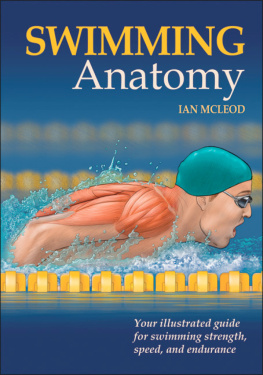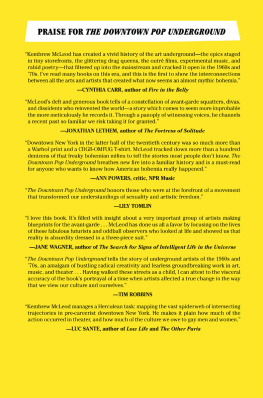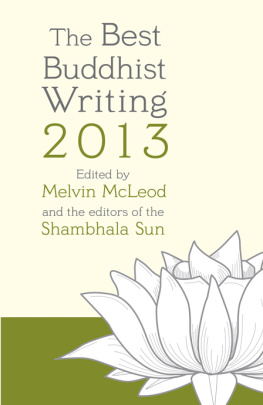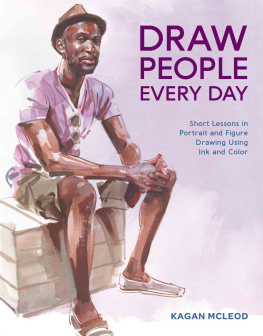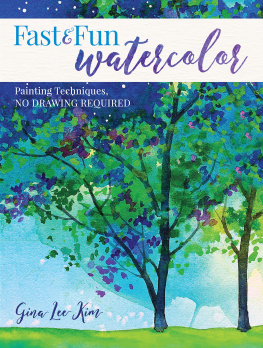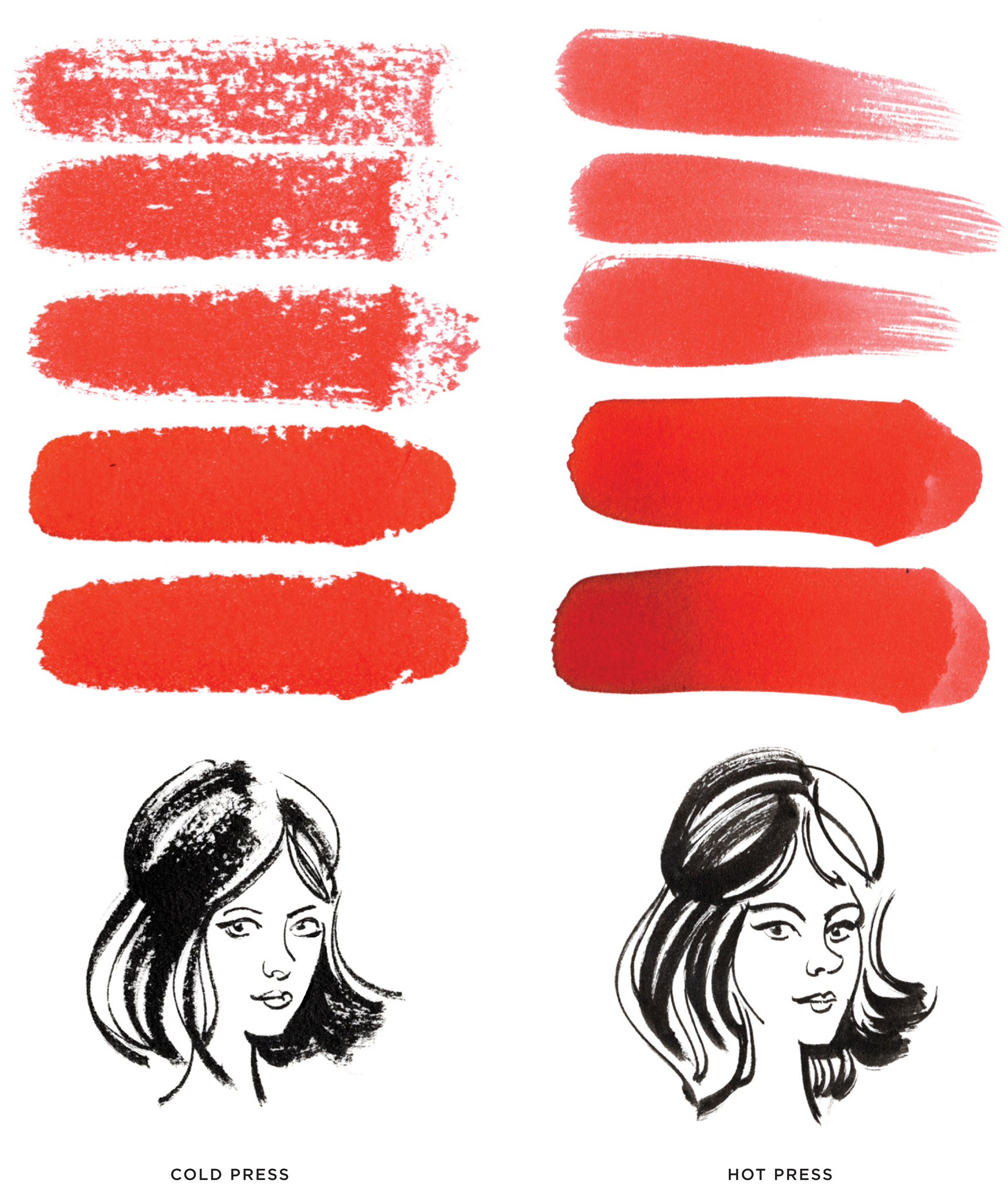The information contained in this book merely scratches the surface when it comes to all there is to know about drawing the human form in line, tone, and color. Still, you may find even this information overwhelming.
Think of each lesson or suggestion as something to keep in your back pocket for when its needed or when an opportunity arises, not some ingredient that you must include in the recipe for every good picture. Hopefully, you have found something of interest in my drawings and will continue to explore via your own hand those areas of study that appeal to you most. The best prescription for improvement is hours and hours of practice. With practice comes confidence and speed and, ultimately, the appearance of effortlessness (even if it is an illusion). I would be pleased to hear if this book inspired you to spend more time on your artistic endeavors.
Moreover, I hope that you can become hooked on drawing (particularly in ink), and enjoy and appreciate its happy surprises and frustrations, your hits and your misses, and its great potential for personal amusement and development.
The most common question that people ask artists while drawing is What kind of brush/pen/tool is that? The unintended insinuation there is that its the tool that does the work, and not the artist. Id wager that a talented artist drawing in front of a crowd while using a twig would eventually be asked, What kind of twig is that? Drawing with skill can seem like magic. As a result, people are naturally curious as to how its done. They want to know any and all shortcuts that can help them reach the same level of skill.
Of course, its good to keep in mind that duplication of methods and procedures wont make you someone else. Though there are skillful imitators out there, theyre just thatimitators. Focus on being the best artist that you can be. Tools and materials dont provide any guarantees when it comes to mastering drawing. Hard work and continued practice are the key to mastery. However, selecting and using the right tools and materials is not trivial. Bad choices in supplies can needlessly and frustratingly hamper the success of your arts execution as well as that of your artistic growth.
MATERIALS
The best overall advice I can share is this: stay away from cheap tools and materials when creating your works. Using them is discouraging because they require more effort to tame, they dont last, and they can make your work look cheap. An exquisite drawing on a piece of copy paper suggests that the artist doesnt see much value in their work. However, top-tier supplies dont necessarily make for top-tier art. There are plenty of midrange options that provide wholly adequate results. Expensive materials can be intimidating (Ive ruined many nice handmade papers with throw-away drawings), but, when using them, better results will be apparent.
Finding the right materials for your art requires patience and experimentation. First, discover and familiarize yourself with the properties of the materials youre drawn toward. Once you grasp their unique behaviors, you can utilize their special qualities to your advantage. What follows are my recommendations based on the supplies that have worked well for me.
PAPER
For the most part, paper choice is a matter of personal preference. That said, youll want to check some specifics each time you select your paper. Make sure that your paper is heavy enough to handle the drawing medium youre using. Ink can bleed through a thin sheet, and excess water can cause unwanted bubbling when using wash techniques or even heavy inks. Paper with a thickness of at least 90 lb. is good, though I prefer to work with 140 lb. paper. The thickest paper Ive seen is 300 lb. Its quite pricey and slightly rougher than 140 lb. paper. Watercolor paper comes in two finishes, called cold and hot press. Cold press paper has a bit of a grain to it, called a tooth, and hot press paper is smooth to the touch. I prefer hot press because its lack of tooth allows for smooth line work with little drag. You can still achieve fine lines on cold press paper, but the papers grain will pull at your brush and may create coarse line work (which can be a positive, if its what youre going for).
Try both types of paper. Watercolor paper is made to withstand the application of all wet mediums, so by no means does it need be used only for watercolors. Its durability is the main reason I prefer it over bond or sketch paper. I buy watercolor paper in large sheets and then cut them down to sizes that will fit on my scanner. This approach is more economical than using precut pads and blocks. Arches, Fabriano, and Strathmore are good brands. (I try to use Arches hot press for most of my finished work.) If youre interested in preserving your physical artwork, stick to paper thats acid free. Cheaper paper will yellow and decompose much faster when exposed to light if the natural acids from the wood pulp arent removed first.
If youre looking for a less expensive brand of paper for practice, I recommend Stonehenge paper. It has a bit more tooth and bleed than the previously mentioned brands, but it works well with many different mediums. Bristol paper is cheaper still and very adequate, but it sometimes causes ink to bleed, which can ruin fine detail in drawings.
Illustration boarda cotton surface mounted on stiff boardis another good option. The double-thick variety wont bow and is a better bet than the single-thick option. For illustration board, my brand of choice is Crescent.
Watercolor sketchpads and blocks provide portability and convenience for illustrators, and there are countless brands to choose from. The company Kunst & Papier makes particularly good-quality binderboard sketchbooks. Feel the paper to make sure it has weight to it and a texture that you like. Again, dont go for the cheapest brand. It may show ugly blots where you add water, or worse, it may start to wear away under multiple strokes or erasing. Personally, I cant stand trying to pry a sheet from a watercolor block pad. I almost always end up creasing or ripping the sheet. If you want to use a sketch pad, Id stick with one that isnt coil-bound (that also allows you to avoid accidental ripping). If the pad has cold press paper, look at how fine its tooth is. Keep in mind that some paper textures complement the artwork and some can overpower it.
BRUSHES
A wide assortment of brush shapes and sizes with varying levels of quality are available. Many beginners immediately reach for the smallest brush, #000hoping to find something that echoes a technical pen (such as Rapidograph), where the ink is constrained to a fine point. As brushes grow larger, their corresponding numbers also grow#00, #0, #1, #2, and so on. These small brush sizes dont reveal the benefits of brush drawing, though. Their capacity for holding liquid is very low, and they require more frequent dips in the inkwell. On top of that, you wont get the wide variety of line weights that you can with larger brush sizes. It is good practice to keep some of your line work bold for clarity and to avoid monotony, a much tougher feat when using a tool with a small range in line weights. I prefer to draw with a pointed #7 watercolor brush for most of my work. Then I use a #9 or #10 for washes and color, as they can hold more water and pigment. I also keep a good variety of brushes of similar or larger sizes and shapes to use for other effects. A flat, or filbert, brush can yield attractive results with a calligraphic stroke in ink or wash. You should also have a fan or mop brush to cover large areas with color or wash. Bamboo calligraphy brushes (usually made with goat hair) are trickier to control, as their bristles tend to flop against the paper when loaded with ink. However, theyre capable of conducting great character in line. You can roll the brush to a point for fine lines, but it bends with much more subtle pressure application than other brushes. As the bristles split with pressure, they are less predictable as well, which can produce interesting, unexpected strokes.


